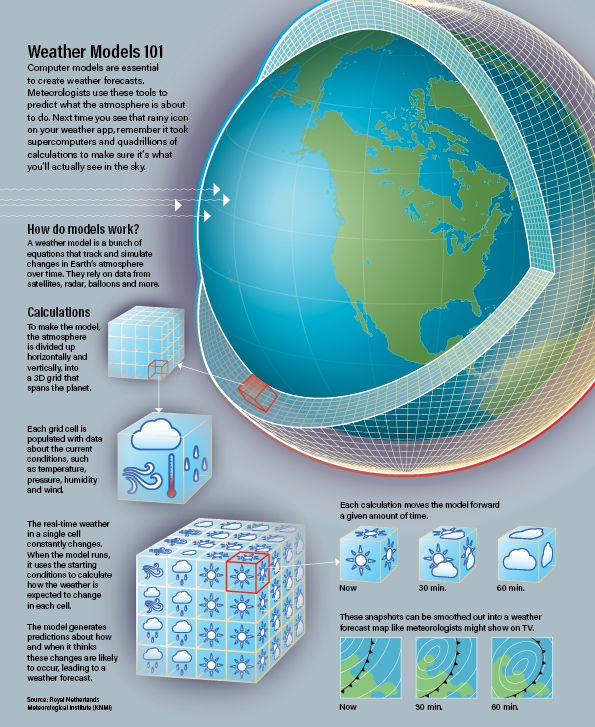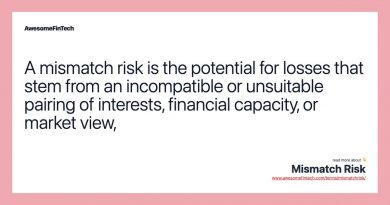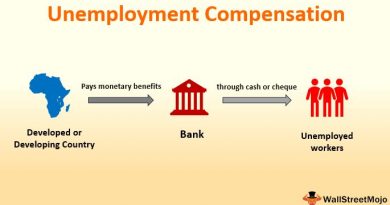Weather Future What it Means How it Works

Weather future is a weather derivative based on the difference in measured weather variables, typically temperature, over a fixed period. Businesses use weather futures to protect against losses caused by unexpected weather shifts. These contracts originated in the 1990s as a way for firms to hedge against weather exposure. The most common type of weather futures contract focuses on the recorded temperature, measured as heating degree days (HDD) or cooling degree days (CDD), on a future date. The settlement price of the contract is determined by multiplying the relevant month’s HDD/CDD by $20.
Weather futures are a valuable tool for businesses to mitigate economic losses that may not be covered by traditional property-casualty insurance policies. While insurance can address physical damage caused by rare weather events like windstorms or hail, it does not account for losses resulting from decreased customer turnout due to rain or crop failure caused by hot weather.
These derivatives have gained popularity in the energy and agricultural industries as a means to hedge against changes in demand caused by temperature fluctuations. For example, if October is warmer than anticipated, energy companies may experience decreased heat usage and financial losses. However, by selling weather futures for October, companies can offset these losses by receiving compensation based on the month’s recorded HDD.
Weather futures have significant implications for the economy, as approximately 20% of the American economy is directly influenced by weather-related factors. Various industries, including agriculture, energy, travel and entertainment, and construction, rely on temperature, wind, and precipitation conditions. In fact, former commerce secretary William Daley estimated that weather sensitivity accounts for at least $1 trillion of the U.S. economy.
In 1999, the Chicago Mercantile Exchange (CME) introduced exchange-traded weather futures and options. Before this introduction, weather derivatives were privately negotiated between two parties. CME weather futures and options are publicly traded on the open market, providing price transparency and continuous negotiation. These contracts use indexes to reflect average temperatures for different U.S. and European cities. Settlement prices are determined by the final monthly or seasonal index value calculated by the Earth Satellite (EarthSat) Corp or other firms for non-CME traded futures contracts.



